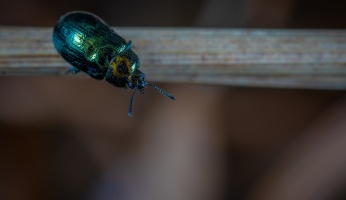Survival Skills: What To Do in An Earthquake
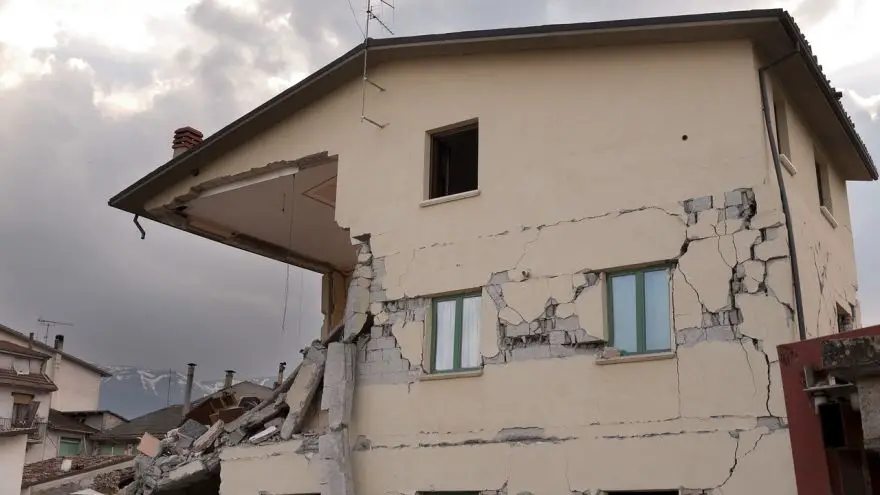 Survival Skills: What To Do in An Earthquake
thegearhunt.com
Survival Skills: What To Do in An Earthquake
thegearhunt.com
Earthquakes can strike without any warning and at any time. Every year, there is an average of 75 earthquakes that cause damage all over the world. Right here in the US, earthquakes in the future might cause damage amounting to nearly $200 billion. In the US, there are 41 states and territories that have a moderate to high risk when it comes to earthquakes. They aren’t all clustered together either. They are scattered throughout the entire country.
We should all be aware of the fact that California is home to the earthquakes that cause the most damage. That said, Alaska has the largest ones. However, the largest ones ever recorded were along the New Madrid fault in Missouri. These happened back in the early 1800s. Each of them was higher than an 8 on the Richter scale. They were able to be felt by people all over the Eastern part of the US.
What Are Earthquakes?
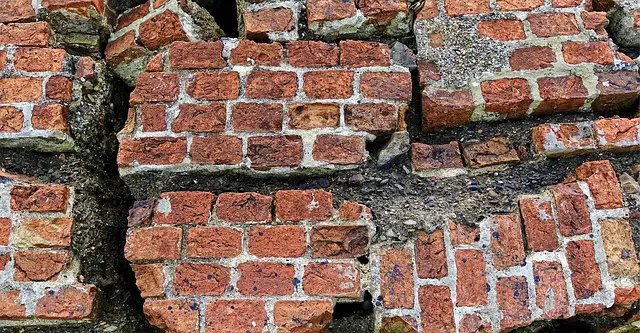 Earthquakes happen when the ground suddenly begins to shake. The shaking itself is due to rock beneath the surface of the Earth breaking and shifting. There are large plates that are just beneath the surface of the Earth, and they move past, over, and under each other just as they have done for millions of years due to the forces of what is known as plate tectonics. When those plates don’t move, they build up energy as they are locked together. When this energy gets to be too strong, the plates will break apart and this causes the ground to shake. Most of the time, these earthquakes happen near the boundaries of the plates, but they have also been known to happen in the center of the plates.
Earthquakes happen when the ground suddenly begins to shake. The shaking itself is due to rock beneath the surface of the Earth breaking and shifting. There are large plates that are just beneath the surface of the Earth, and they move past, over, and under each other just as they have done for millions of years due to the forces of what is known as plate tectonics. When those plates don’t move, they build up energy as they are locked together. When this energy gets to be too strong, the plates will break apart and this causes the ground to shake. Most of the time, these earthquakes happen near the boundaries of the plates, but they have also been known to happen in the center of the plates.
Earthquakes shake the ground with such force that they can cause the collapse of buildings and bridges. They can also trigger landslides, flash floods, tsunamis, avalanches, and fires. If they can do all of that, you can be sure that they can also disrupt things like gas, electric, and phone services. Earthquakes that happen in areas where there are large populations often cause property damage, injury, and even death.
Awareness Info
Small earthquakes, known as aftershocks, are quite common once the big earthquake ends. These small earthquakes can happen from as little as a few hours later to a few months later. They can also cause damage to people and buildings. Sometimes, small earthquakes can also be signs of a larger one to come.
When it comes to injuries, death, and earthquakes, the actual shaking of the ground isn’t typically the cause. Most of the injuries and deaths occur when objects fall and hit or crush them. Glass can fly, and even walls can collapse. It is a quite dangerous situation.
Planning for an Earthquake
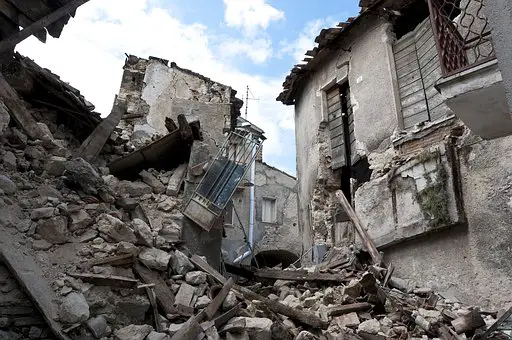 Families need to come up with specific plans that can be implemented in the event that they experience an earthquake. Learn what the risk of one is for your area and get in touch with some of the local emergency management facilities, like the Red Cross, to find out about any sort of earthquake prep that happens in your area. Despite there being 41 states and territories that have at least a moderate risk of an earthquake, few people are aware of what that risk is for the area in which they live.
Families need to come up with specific plans that can be implemented in the event that they experience an earthquake. Learn what the risk of one is for your area and get in touch with some of the local emergency management facilities, like the Red Cross, to find out about any sort of earthquake prep that happens in your area. Despite there being 41 states and territories that have at least a moderate risk of an earthquake, few people are aware of what that risk is for the area in which they live.
Developing a Plan for Disasters
Designate a safe place in each room of your home. These safe places might be against interior walls, under desks and tables, etc. Try to locate places that would be easy to get to regardless of where in the room you would be.
Practice getting into safe positions in each designated safe space. You should get to the ground, grab ahold of something sturdy, and then press your face to your arm so that your eyes will be protected. Practicing can make this an automatic response.
Practice those safe positions at least every 6 months. This will assist in reinforcing the behavior.
Get trained. Get in touch with the Red Cross chapter in your area. Find out when their first aid courses are and sign up for one. Also, you should learn exactly how to use a fire extinguisher and be sure that you keep your training up to date.
How to Talk to the Kids
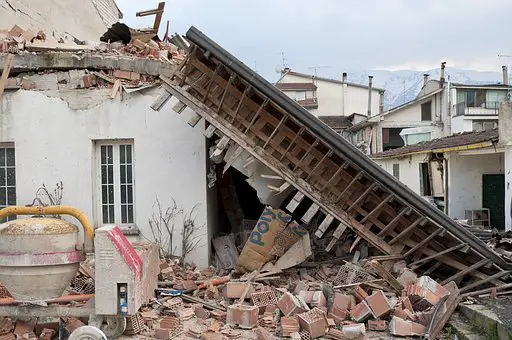 Be honest with them. Tell them what earthquakes are and that there are things you can do to be as safe as possible. Show them by example.
Be honest with them. Tell them what earthquakes are and that there are things you can do to be as safe as possible. Show them by example.
Locate a place in each room of your home that is safe. Find safe places in each building you are frequently in. It is always safer to only go a few feet from where you are if you are ever in an earthquake. You need to be ready regardless of where you may be because these tremors can happen with no notice.
If the earthquake starts and you are inside, you should drop, hold on to something, and cover your head. You can crawl under a bench, desk, or table and grab on to one of its legs. Make sure that you keep your eyes safe by covering them with your arm. If there isn’t anything around that you can get underneath, sit next to one of the walls that are on the inside of whatever building you are in. Exterior walls will collapse before the interior ones do. Make sure to stay away from things that might fall on you, like bookcases. Never run outside because debris falling from buildings can injure and even kill you.
Stay in your safe place until all of the shaking is done. Check yourself for any injuries. Always make sure you are ok before checking on anyone else. You will be better able to assist them once you have already been taken care of. Be ready for any aftershocks.
Look for fires around you. This is the most commonly seen hazard immediately following an earthquake. This is because things like gas lines, power lines, and appliances get damaged and/or broken.
Never use elevators to exit the building. Always take the stairs. During earthquakes, fire alarms and sprinklers can go off. While there might not be an actual fire, you should still take the stairs to ensure your safety.
If the earthquake starts while you happen to be outside, never try to get back inside. Get away from things like buildings, trees, street lights, and power lines. Crouch down and cover your head immediately. It is common for earthquake-related injuries to occur when people are within 10 feet of the entrance to a building. Debris can fall off of that building and you might be injured by it. Trees, streetlights, and power lines can also fall, so beware.
What to do During the Earthquake
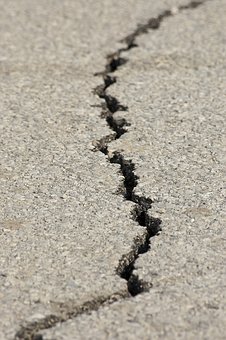 Drop to the ground, hold on to something, and take cover. Get to the nearest place that is safe. If you truly want to avoid being injured, try to move no more than 5 feet. It is incredibly dangerous to leave a building while an earthquake is happening due to the fact that debris and other objects possibly falling can cause injury and even death. Fatalities can happen when people try to get out of buildings and take off running. It is generally much safer to remain in whatever building you happen to be in when the ground begins to shake.
Drop to the ground, hold on to something, and take cover. Get to the nearest place that is safe. If you truly want to avoid being injured, try to move no more than 5 feet. It is incredibly dangerous to leave a building while an earthquake is happening due to the fact that debris and other objects possibly falling can cause injury and even death. Fatalities can happen when people try to get out of buildings and take off running. It is generally much safer to remain in whatever building you happen to be in when the ground begins to shake.
If you are in bed when an earthquake hits, stay where you are. Protect your head with your pillow and hold on. Remaining where you are is much safer than trying to get up and walk. Even if you attempt to roll to the floor and across to the doorway, you can injure yourself by any broken glass that might be down there.
If the earthquake hits while you are out of doors, try to get to a safe place that is not near buildings, trees, street lights, or power lines. Crouch and stay still until the shaking ceases. Falling trees, street lights, power lines, and debris from buildings can all injure you.
If the earthquake hits while you are driving, get your car to a safe place, turn it off, and stay there with your seatbelt on until the shaking stops. Things like trees, power lines, poles, and street signs can all fall during the shaking. If you park your car somewhere away from things of this nature, the risk of you being injured will be less. Vehicles with hard tops will protect you from things like falling or flying objects. Be sure to drive safely after the end of the earthquake. Avoid things like bridges and ramps that may have been damaged during the quake.
If you happen to be indoors when the shaking begins, don’t go outside until it ends. Injuries tend to occur when people try to move during quakes. After it ends, when you go outside, get away from any buildings as quickly as possible to ensure that you don’t sustain any sort of injuries from falling debris.
Stay away from windows. They can shatter and injure you even if you are quite a few feet away from them.
If you happen to be in a very tall building when the shaking begins, expect the fire alarms and sprinklers to go off. Earthquakes often trigger these things even if there aren’t any fires. If you do find small fires, try to put them out. Remember to take the stairs instead of the elevator.
When you happen to be in coastal areas when an earthquake hits, move to higher ground as soon as possible. Earthquakes are known to trigger tsunamis.
If you are in the mountains, be very cautious and watch out for falling debris or rocks. Landslides have also been known to follow earthquakes.
After the Earthquake
Check for injuries. Make sure you check yourself before checking other people. It will be easier to care for others once you are ok.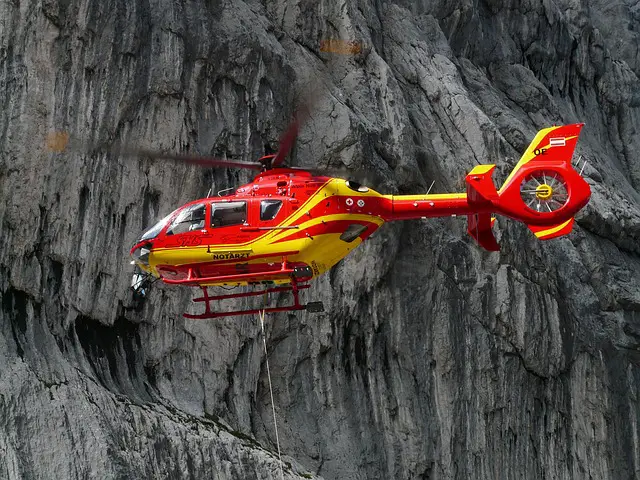
Put some long pants, along with a shirt that has long sleeves, shoes that are sturdy, and work gloves on so that you will be protected from danger. This will minimize the risk of you being hurt by things that have broken.
Once you have received any necessary first aid, help people who are injured or trapped. If necessary, call 911. Offer first aid if you know how. Never attempt to move anyone who is seriously injured unless they happen to be in danger of getting another injury by staying where they are.
Try to get rid of any sort of fire hazards and extinguish any fires that you can. Use any of your available resources to douse these fires. In the aftermath of earthquakes, fires seem to be the most frequent complication.
If you have no reason to believe there is a gas leak and you don’t smell gas, you can leave it on. If you do have to shut it off, you will have to wait for a gas technician to come and turn it back on so that no one is injured. After earthquakes, the wait for the gas to be turned on could be months.
Open any closets and cabinets with care. Anything inside them probably moved during the earthquake.
Look for any sort of damage around where you live, and if you have reason to believe that the structure is unsafe, evacuate everyone. Aftershocks from the earthquake could cause there to be even more damage and make the structure dangerous to be in.
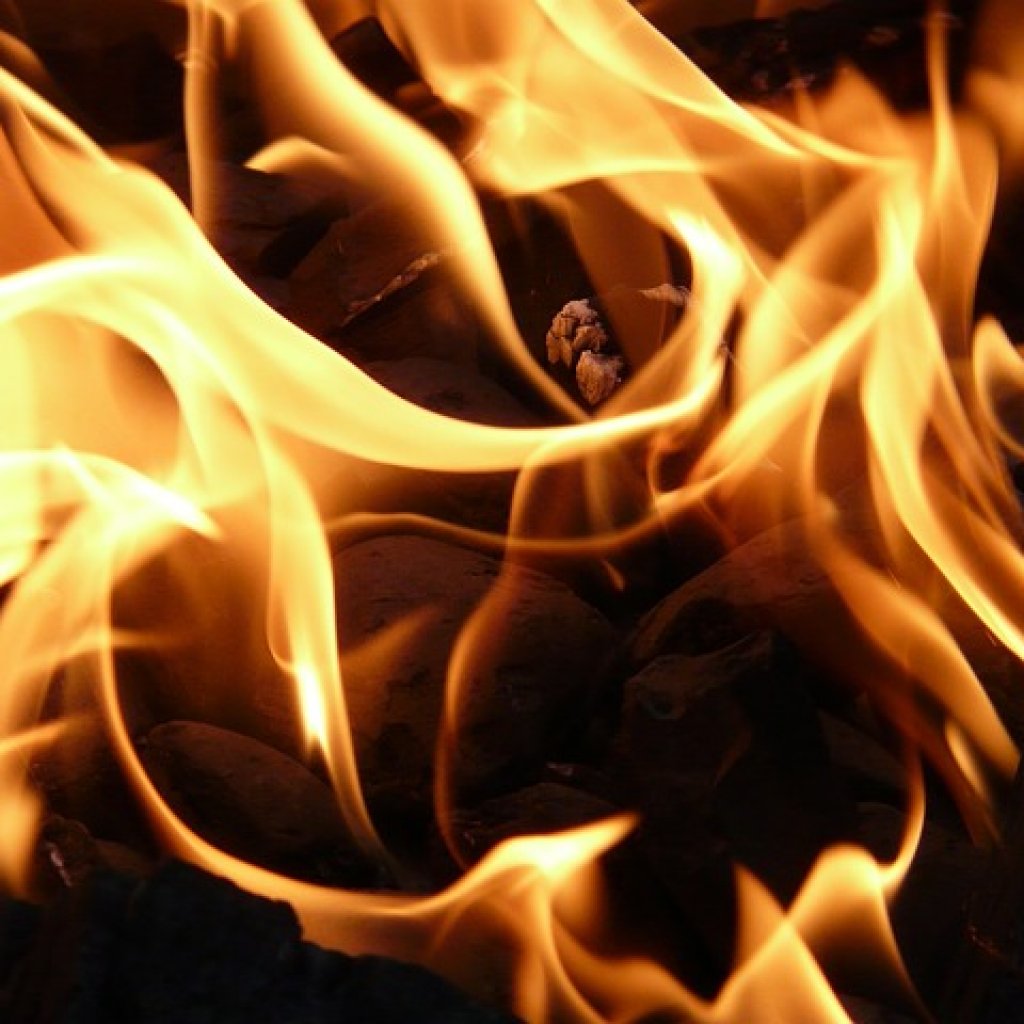 Offer anyone with special needs your assistance. People who are disabled or elderly will more than likely need a bit of help. If you are able to, offer to help them.
Offer anyone with special needs your assistance. People who are disabled or elderly will more than likely need a bit of help. If you are able to, offer to help them.
Watch out for aftershocks. If you feel one, crouch to the ground, hold on to something and be sure to cover your eyes. Aftershocks can continue to occur for months after the initial earthquake.
Be on the lookout for fallen power lines, broken gas lines, and damaged areas. Be extremely cautious around these things.
Never return to a damaged structure until it has been declared safe by the authorities.
Use lanterns that are battery powered and flashlights to inspect your home for damage. Using things like torches, candles, and matches can be dangerous and start a fire or explosion if there is a gas leak.
In short, surviving an earthquake is something that people do all the time. Just be careful and pay attention to what is around you. Be safe and cautious after an earthquake too.
Sources
- YouTube, 10 Ways to Survive an Earthquake, According to Experts
- Ready.gov, Earthquakes
- State of California Department of Conservation, Be Prepared: Before, During and After an Earthquake
- American Red Cross, Earthquake Safety






